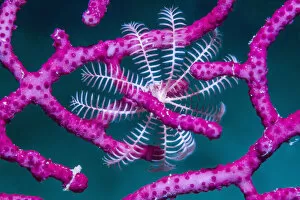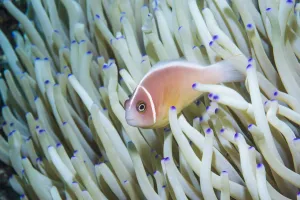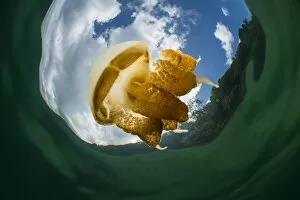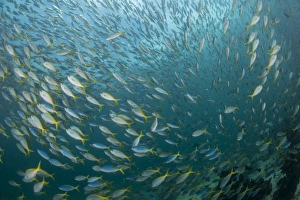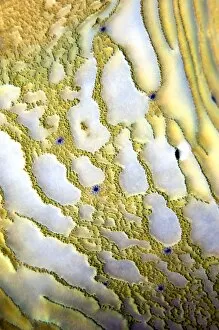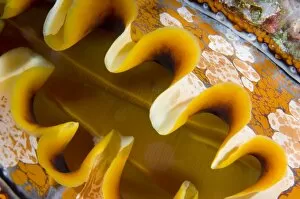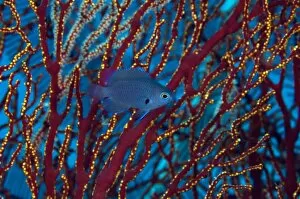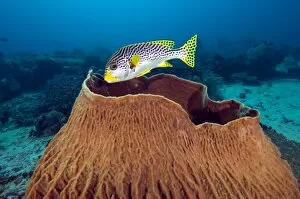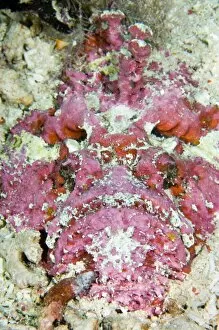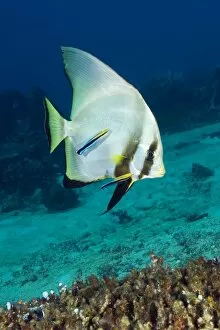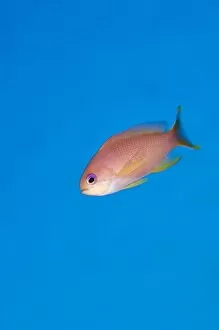Derawan Islands Collection
Discover the mesmerizing beauty of Derawan Islands, located in East Kalimantan, Indonesia
All Professionally Made to Order for Quick Shipping
Discover the mesmerizing beauty of Derawan Islands, located in East Kalimantan, Indonesia. Immerse yourself in a world filled with vibrant marine life and stunning coral reefs. As you explore the crystal-clear waters, you'll encounter the enchanting Pandan plant (Pandanus amaryllifolius), adding a touch of greenery to this aquatic paradise. Look closely and you might spot a Crinoid gracefully perched on Soft coral (Alcyonacea), creating an ethereal scene that will leave you in awe. Dive deeper into the depths and be greeted by the playful Pink anemonefish (Amphiprion perideraion). These colorful creatures dance around their host anemones, showcasing a beautiful symbiotic relationship between species. Witness nature's artistry as Juvenile blacksaddle filefish glide through the water with elegance. Their striking patterns are sure to captivate your attention. Venture to Kakaban Lake and prepare to be amazed by Golden jellyfish shimmering under sunlight. This unique species has evolved without stinging cells, allowing visitors to swim among them freely - an experience like no other. Be prepared for breathtaking encounters as you stumble upon a massive school of blue and yellow fusilier fish swimming harmoniously together. The sight is truly mesmerizing. Take a moment to appreciate the delicate balance between organisms as you come across a Pair of orange gorgonian sea fan alongside black crinoid stars. It's nature's way of reminding us how interconnected everything truly is. Above water, witness the perfect harmony between land and sea with Split image capturing shallow hard coral reefs against lush virgin forests on nearby islands - it's like stepping into paradise itself. Marvel at Hard corals forming intricate structures beneath the surface while Elephant skin corals (Pachyseris sp. ) showcase their unique textures that resemble wrinkled elephant skin. Don't miss out on Soft coral polyps (Clavularia sp.


